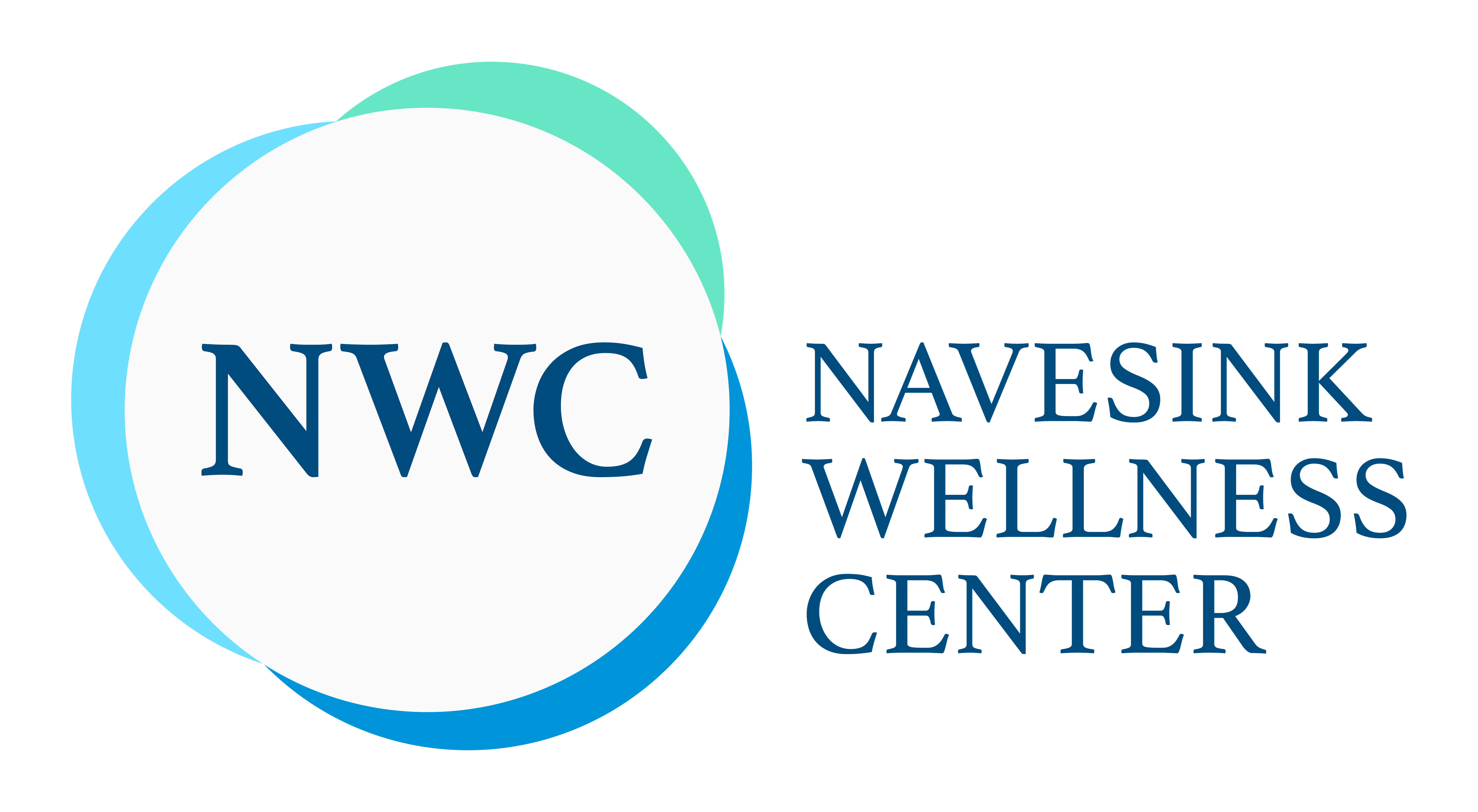Mindfulness has been described as an active and open attention to the present moment; an ability to observe an experience as it occurs, from a nonjudgmental viewpoint. Through practice of mindfulness, an individual first begins to recognize patterns of behavior – how the mind naturally attempts to wander off into a plethora of other thoughts – worrying about the future or repeatedly dwelling in the past. Through that recognition, we can gain greater self control and awareness.
The practice of mindfulness is not always pleasant, as we tend to divert our attention from present moment experiences when we are trying to avoid emotionally charged topics. But being more “in the moment”, we work to self regulate and identify what it is we are experiencing as it is occurring. We learn to accept things as they are and minimize our attempts to try and force reality to fit our vision.
If we look at the brain more in depth, we can understand how impactful mindfulness practices can be. First, there is the ‘brain stem’, which is a primitive part of the brain. It is responsible for connecting the brain to the rest of the body and regulating basic functions such as breathing, swallowing, heart rate and blood pressure. In direct connection to the brain stem is the limbic system, which houses several well known areas of the brain – hippocampus, amygdala & hypothalamus, to name a few.
This area of the brain is responsible for emotions, memories and arousal / stimulation. Both the limbic system and brain stem work together to form the subcortical area of the brain and are responsible for the ‘fight or flight’ instinct. Much of our impulsive, automatic behaviors are driven by this subcortical region.
The prefrontal cortex, which is the area of the brain that ignites the ability to pause before we act, plays a significant role in each of our lives, for obvious reasons. From a psychological perspective, the prefrontal cortex is responsible for executive functions such as decision making, establishing empathy, predicting outcomes and overall, differentiating between ‘good’ and ‘bad’. It is the most developed portion of the human brain. The prefrontal cortex fibers that stem down from it help to calm down and regulate the subcortical area of the brain.
Think about the power of the prefrontal cortex for a moment. As an individual experiences a triggering event, the brain becomes activated. The subcortical region goes into a ‘fight or flight’ response – brewing anger, fear, ultimately a need to react. For individuals with a well developed prefrontal cortex, that area of the brain ignites and enables the individual to push pause; to establish greater insight into the experience, helping to create empathy, morality and overall a more comprehensive and in-depth view of the situation, the individual’s feelings towards it and how best to respond in a healthy and socially appropriate manner.
The issue lies in the fact that the prefrontal cortex does not fully develop in humans until the age of 25. Although it begins development during our early years, we lack full ability for rational thought for the most significant developmental years of our lives. What does this mean? We need to help strengthen the development of the prefrontal cortex in our youth so that they are better equipped to make more well thought out and rational decisions not only as they mature into adulthood, but hopefully much earlier, during their early adolescent years.
The way to achieve this is through mindfulness practice – helping individuals to become less reactive; to be present in a moment and acknowledge the thoughts, feelings and experiences they are having in order to best process and move forward. The positive benefits of mindfulness are endless; they can assist children in minimizing symptoms of ADHD, helping them to become better students as they actively engage in the instruction, assist them with becoming kinder to themselves, more empathic towards others and strengthening the ability to regulate their own emotions. As they begin to identify what they are experiencing, they can process those emotions in the moment, allowing for resolution and peace.
Too many times, our children experience pain, frustration and trauma, and do not have the skills necessary to address the depth of those issues. As a result, those feelings become internalized and unfortunately resurface years later after that individual has extinguished all personal resources.
Mindfulness practice can work for everyone. It is simply finding what approach to mindfulness works best for each individual. Regardless, we can begin at home by assisting our children each day; helping them to simply breathe before they react; to encourage them to label and identify what it is they are feeling and thinking in the moment. Through this process, they will gain greater insight into themselves as they work to become less impulse driven and more equipped with the ability to self regulate.




